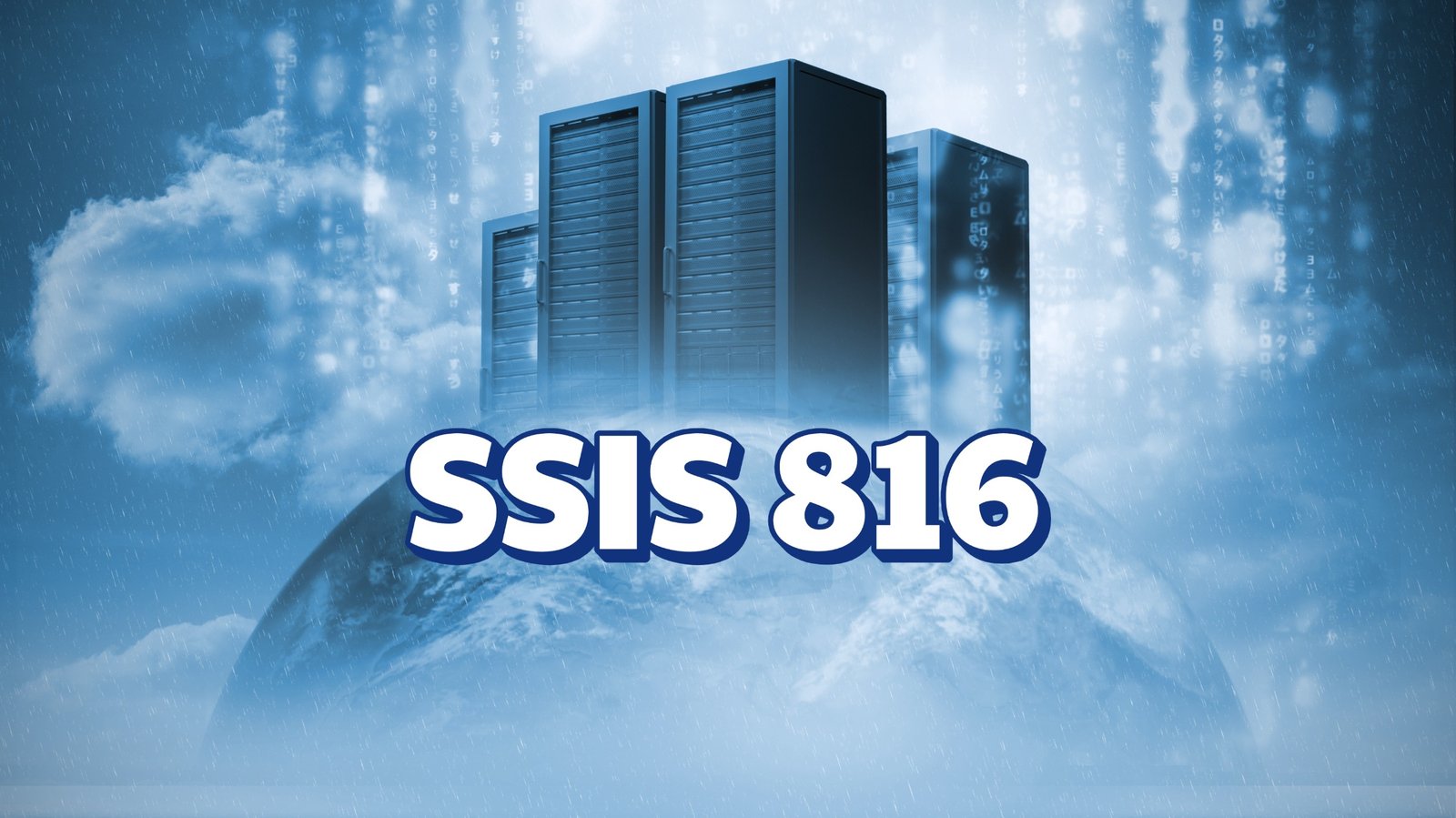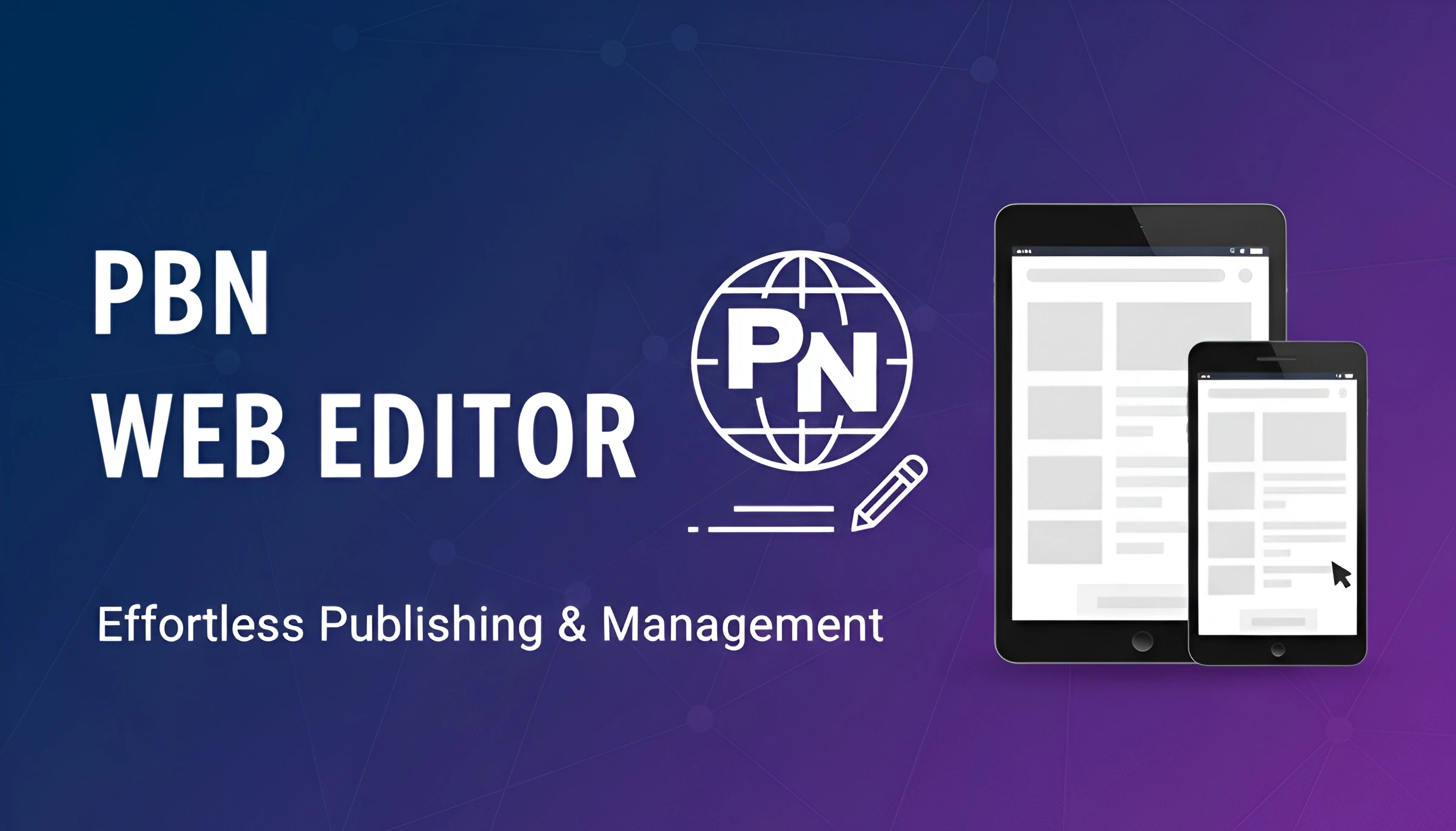SQL Server Integration Services (SSIS) is a widely used data integration tool that enables organizations to manage, transform, and migrate data seamlessly. One of its standout versions, SSIS 816, has gained recognition for its advanced capabilities and adaptability in handling complex data workflows. This article explores SSIS 816, delving into its background, importance, features, and practical applications.
What is SSIS 816?
SSIS 816 is a version of Microsoft SQL Server Integration Services designed to meet modern data integration demands. It facilitates seamless data movement, transformation, and storage across platforms, making it a vital asset for businesses of all sizes. Whether managing large datasets or automating routine tasks, it provides tools to streamline data operations with enhanced performance and ease of use.
The Evolution of SSIS 816
The journey of SSIS began with Microsoft’s launch of SQL Server 2005, replacing the older Data Transformation Services (DTS). Since then, SSIS has undergone significant upgrades, each iteration introducing improved features and enhanced functionality.
The development of SSIS 816 was driven by the growing demand for faster, more reliable data processing. The “816” in its name signifies a specific update that offers advanced tools for seamless data handling, making it a preferred choice for businesses seeking efficiency and scalability.
Why SSIS 816 Matters
In today’s data-driven world, businesses need reliable solutions to manage and integrate information from various sources. SSIS 816 stands out for its ability to simplify complex data tasks, improve operational efficiency, and ensure data accuracy. Its seamless integration with Microsoft’s ecosystem, particularly Azure cloud services, further cements its relevance in modern business environments.
Key Features of SSIS 816
1. Optimized Data Flow
SSIS 816 introduces better data movement and transformation processes, ensuring smoother operations even with large datasets.
2. Cloud Compatibility
With seamless integration with Microsoft Azure, businesses can effortlessly manage data in cloud environments, enhancing flexibility and accessibility.
3. Advanced Monitoring Tools
The platform offers robust monitoring and tracking features, allowing users to quickly identify and address issues in data processes.
4. Enhanced Performance
Optimized for speed, it reduces processing time, making it ideal for managing massive datasets and high-velocity workflows.
5. User-Friendly Interface
Designed with simplicity in mind, its intuitive interface makes it accessible to both beginners and experienced developers.
Advantages of SSIS 816
Increased Efficiency: Automating data workflows minimizes manual effort, saving time and reducing errors.
Scalability: Supports projects of all sizes, from small businesses to large enterprises.
Cost-Effective: Its compatibility with Microsoft tools reduces additional software expenses and boosts overall productivity.
Flexibility: Capable of handling diverse data formats and sources, meeting various business requirements.
Reliability: Ensures consistent and accurate data processing, critical for decision-making.
How to Use SSIS 816 in Real-World Applications
1. Data Migration
Businesses often rely on SSIS 816 to migrate data from legacy systems to modern platforms, ensuring a smooth transition.
2. Building Data Warehouses
SSIS 816 consolidates data from multiple sources into centralized repositories, enabling better business intelligence and analytics.
3. Automating Workflows
Repetitive data processing tasks are automated with SSIS 816, freeing up valuable time for strategic activities.
4. Business Intelligence Integration
By preparing data for analytics, SSIS 816 empowers companies to make data-driven decisions.
5. Cross-Platform Data Integration
The platform brings together data from various formats and sources, creating a unified dataset for analysis.
Challenges and Solutions with SSIS 816
Despite its many advantages, users may encounter certain challenges when working with SSIS 816.
Learning Curve: For beginners, navigating SSIS might seem daunting. Comprehensive training and tutorials can ease the process.
Performance Issues: Optimizing data workflows and utilizing monitoring tools can help tackle slow processing times.
Error Management: Utilize detailed logging and debugging tools to identify and resolve issues efficiently.
Non-Microsoft Integration: For compatibility with non-Microsoft systems, consider using third-party tools or creating custom solutions.
Regular Updates: Stay updated with the latest SSIS releases to leverage new features and maintain efficiency.
What Sets SSIS 816 Apart?
1. Ease of Use: Its simple interface makes it accessible to all users, regardless of technical expertise.
2. Customizability: With support for custom scripts and components, users can tailor workflows to their specific needs.
3. Seamless Integration: Works effortlessly with Microsoft tools like Power BI and Azure, enhancing overall productivity.
4. Strong Error Handling: Advanced error management tools ensure smooth data processing.
5. Support for Complex Tasks: Capable of handling intricate data transformations, making it suitable for advanced use cases.
What’s Next for SSIS?
As data integration needs evolve, the future of SSIS looks promising.
Here are some expected advancements:
Deeper Cloud Integration: Enhanced compatibility with cloud platforms like Azure will further streamline workflows.
AI and Machine Learning Integration: Upcoming versions may include AI-powered tools for data analysis and automation.
Improved Security: With the growing focus on data protection, SSIS is expected to offer advanced security features.
Enhanced User Experience: Future updates will likely include more intuitive design elements for easier navigation.
Conclusion
SSIS 816 is a powerful and versatile tool that simplifies data integration, migration, and transformation processes. With its advanced features, user-friendly interface, and robust performance, it has become a go-to solution for businesses of all sizes. Whether you’re building data warehouses, automating workflows, or managing large datasets, it provides the efficiency and reliability needed for modern data challenges.
Embrace SSIS 816 to unlock new possibilities in data management and drive your business toward greater success. With its continuous improvements and adaptability, it remains a valuable asset for tackling even the most complex data tasks.
You May also Read: Avple – The Ultimate Platform for Video Upload, Sharing, and Downloading






